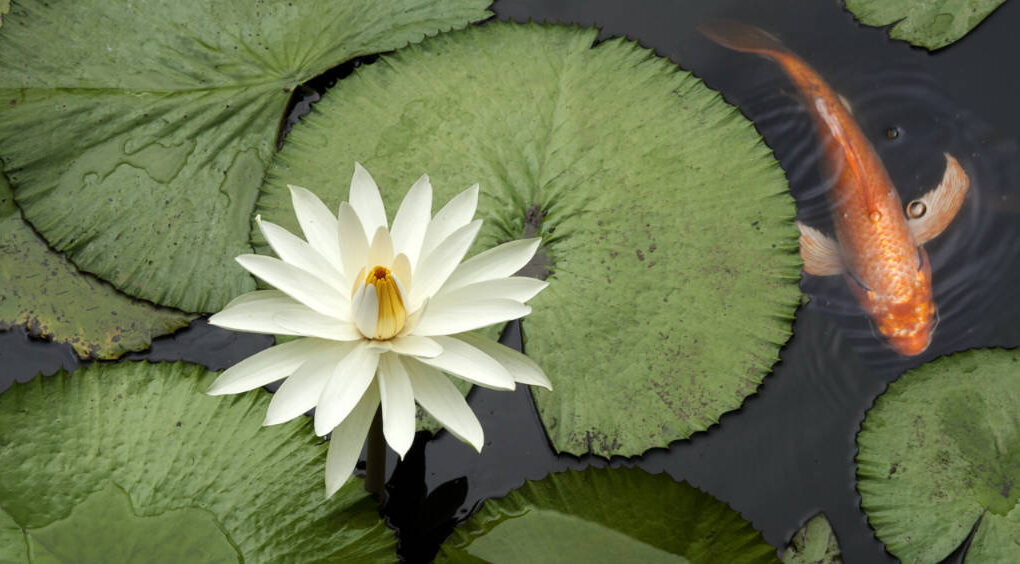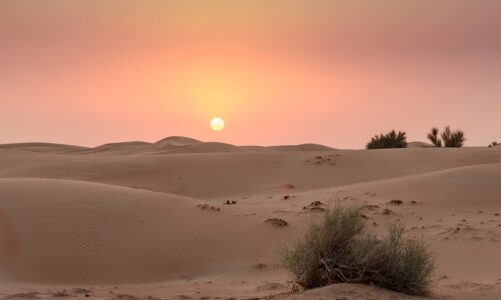A common pond stocking strategy for a warm water pond will be 1,000 1,500 bluegills, 50 100 bass, and 50 200 catfish per acre.
Many recreational pond owners, nonetheless, prefer to stock bluegills and catfish to increase the size and population of bass. This offers a great recreational pond, and trophy bass for the serious enthusiast. Maximum per acre stocking is not advised unless a determined feeding and management system is actually planned.
Out of necessity, stocking strategies must vary from area to area, both in the species selected and the quantity to be stocked. It’s always a good idea to consult the DNR of yours or perhaps a pond management consultant before stocking the pond of yours. By determining strategies which work for ponds similar to yours in the area of yours, and through proper management, you may, for instance, need to stock a bass/bluegill pond only once.
Click here to know more about stock ponds/tanks
Types of pond stockings While each pond is actually different, the following 2 examples are extremely popular recreational ponds throughout the United States.
Bass/Bluegill/Channel Catfish Pond
Ranges of stocking rates (in numbers per acre):
Bluegills-Unfertilized- 500
Bluegills-Fertilized or perhaps Naturally Fertile 1,000
Bluegills-Fed-1,000
Bass-Unfertilized- 50
Bass- Fertilized or perhaps Naturally Fertile 50-100
Bass-Fed- 100
Catfish-Unfertilized- 50-100
Catfish-Fertilized or perhaps Naturally Fertile 100-200
Catfish-Fed- 100-1,000
Options in this pond is able to include replacing 20 50 % of the bluegills with redear sunfish, and stocking an additional 4 12 lbs. of fathead minnows. Predatory species such as bass should be stocked a few months after establishing a forage population of bluegills, flatheads and/or channel catfish. Stocking rates for bass will depend upon your goals: size or number.
Catfish Pond
Ranges of stocking rates (in numbers per acre):
Catfish- Unfertilized- 100-200
Catfish- Fertilized or perhaps Naturally Fertile 200-400
Catfish- Fed Up to 1,000
When to stock the pond of yours For the forage fish in your pond, you are able to stock any time of year except when extremely hot or perhaps cold. Spring and fall are probably the best times. Remember to stock these fish well before introducing predatory fish. You need the bluegills, redear sunfish, and minnows to have some time to reproduce and establish the forage base for the pond of yours. You are able to then introduce predator species – bass, walleye, catfish – after the spring spawn of the forage fish.
In order to raise healthy game fish you have to offer the proper setting for them to thrive.
You will find 4 key elements that are considered perfect for a healthy and productive pond which is possible to maintain. Use these as standards when constructing a new pond, or perhaps as guidelines to make improvements to your existing pond.
1. Pond location
Examine the location of the pond of yours. It must be adjacent to a supply of fresh, water that is clear. Dirt in this specific area must be no less than thirty % clay so that it is going to hold water. The watershed should be big enough to keep the pond full – typically 10 30 times the size of the pond. If the watershed is simply too big, or perhaps too close to fertilized cropland or perhaps livestock pastures, consider building a ditch around part of the pond to divert several of the water.
2. Pond structure
Then, look at the banks of the pond of yours. The slope of the above water banks should be 3:1 or perhaps 4:1 to make maintenance easier and to help prevent soil erosion. The minimum pond depth for underwater weed control is actually three feet; info on minimum depth to prevent winterkill in your area can be purchased from local extension agents. Depth must be determined by comparing rainfall to evaporation in the area of yours. Maximum level is actually what’s affordable for your pond’s location and, of course, the finances of yours.
3. Pond drainage
Install a drainpipe that drains the pond from the bottom to make management and maintenance easier. For instance, drawing down the water level for 3 consecutive winters are able to reduce almost as ninety % of undesirable submerged vegetation. Furthermore, the number and size of harvestable game fish usually increases following drawdowns.
To be able to protect the nutrient quality of the pond of yours water, it’s usually better to divert excess water around rather than through your pond. You might also consider adding an emergency drainway in case of heavy rains; do consult your local Natural Resources Conservation Service (NRCS) for regulations and info in the area of yours.
4. Pond water quality
There are actually 5 major factors which determine the overall quality of water in a given pond. These include:
Fertility: This’s the level of nutrition in the water available for the development of microscopic plants called phytoplankton which are actually the very first link in the pond’s food chain. Phytoplankton levels are directly proportional to the amount of fish which may be supported by the pond. Fertility could be determined by measuring the level of visibility. Most recreation ponds should be maintained at moderate to high fertility. This may be achieved with an initial fertilization and continuous input of fish feed.
pH: This’s the level of acidity of the water. Most fish prefer a pH of seven (neutral). While ponds fluctuate on a daily basis, they ought to be maintained at levels of 6.5 to nine. In areas where the soil is actually acidic (such as the southern U.S.) or perhaps in areas where the soil has little buffering capacity (such as northeastern U.S.), lime may be added to reduce pond water acidity.
Alkalinity: This’s the degree of the buffering capacity of the water and must be no less than thirty parts per million (ppm) for proper phytoplankton growth. Some ponds are naturally well buffered; others may need periodic liming. Consult your local NRCS, Department of Natural Resources (DNR) or perhaps a professional pond management company for advice on this matter.
Dissolved Oxygen (D.O.): This’s naturally supplied by aquatic plants and phytoplankton, the wind, and wave action at the surface of the pond. This’s the oxygen that fish need to survive. An adequate level of D.O. for most fish is actually four ppm; trout and salmon, nonetheless, require more than six ppm. Remember that certain plants that produce oxygen in the sunlight consume it in the dark. So ponds with extremely high levels of phytoplankton (water that looks as pea soup) are actually subject to critically low D.O. levels at night and on days that are cloudy. This could result in fish kills. Mechanical agitation of the pond water with, for instance, fountains or paddlewheels may be used to aerate the water.
Temperature: The temperature determines which species of fish will thrive in the pond of yours. Cold-water ponds (remaining under 70° F) are actually preferred by trout. Catfish, bluegill, or bass prefer warm water ponds (warming to more than 75° F). Cool water ponds (in the 65° F – 75° F range) may, with regards to the size of the pond, support smallmouth bass or perhaps walleye. A number of ponds in this temperature range may also support warm and cold water fish. Consult your local extension agency or perhaps a professional pond management company for info on species that perform best in the area of yours.
Looking for a gravel driveways service, just check here.




